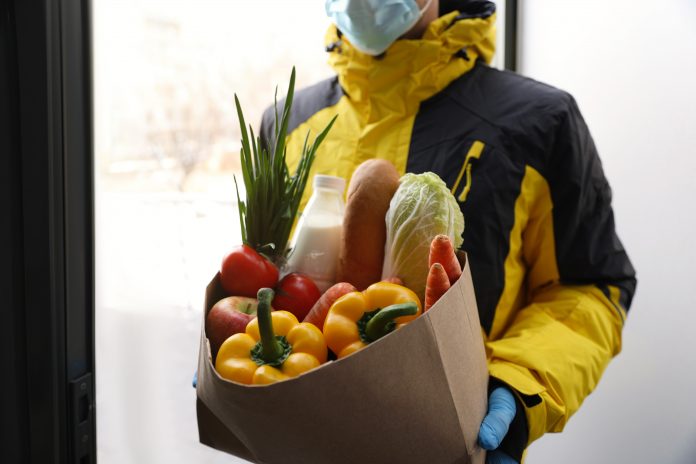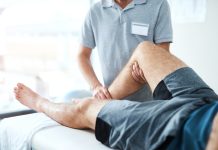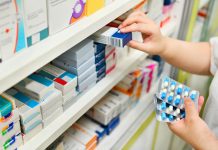New CDC guidelines suggest that surfaces are a “low-risk” for COVID transmission – cleaning surfaces with detergent or soap once a day should be enough to reduce possible virus levels
The new guidelines say that even with a confirmed case of COVID-19 the virus risk is “minor” after 72 hours – even when the surface has been left uncleaned.
This shift in approach to disinfection will be welcome news to individuals who are growing tired of washing their groceries. After one year, opinions on wiping down individual products are differing. Some people continue to individually wash every item they bring into their home, while vaccinated individuals opt to leave products to disinfect themselves.
However, the disease control expert suggests that everyone should continue to clean with detergent or soap once a day, to significantly reduce virus levels on surfaces. Measures such as adequate handwashing and wearing a well-fitting mask can also significantly prevent surface COVID transmission.
What if someone had COVID recently in a household?
Use all disinfection measures.
When it comes to a confirmed case of COVID in the last 24 hours, somewhere that there are frequently touched surfaces – disinfection is still highly necessary to stop COVID transmission.
Currently, the risk of catching COVID from the environment is low after 24 hours. However, the first 24 hours are crucial – the risk should be reduced with better ventilation and waiting several hours before entering that space, if entering the space is necessary.
The use of well-fitting masks are recommended in close quarters with someone who has COVID-19.
Can you still catch COVID via surfaces?
Yes, but this is unlikely.
The main way that COVID is transmitted is via respiratory droplets that are carrying the virus. Cleaning with just soap or detergent is therefore enough to neutralise the risk from surfaces, with disinfection levels of cleaning only appropriate for when there has been a confirmed case of the virus.
If you live with someone who has recently had COVID, disinfection is the most crucial weapon against household transmission – alongside proper protection for your face, ventilation and hand hygiene.











